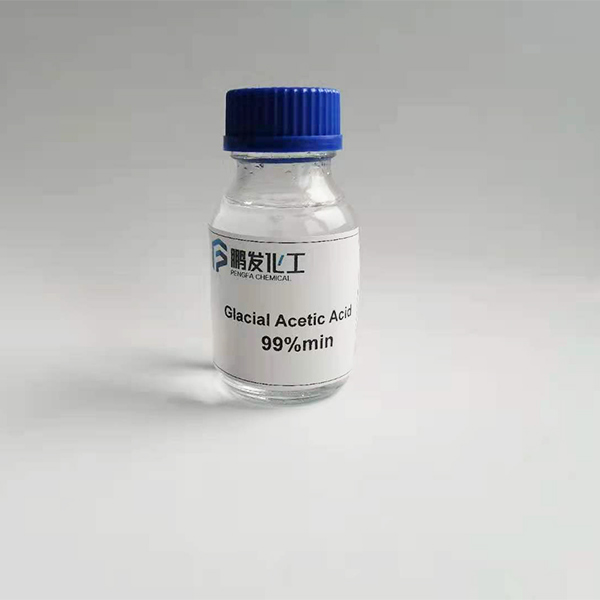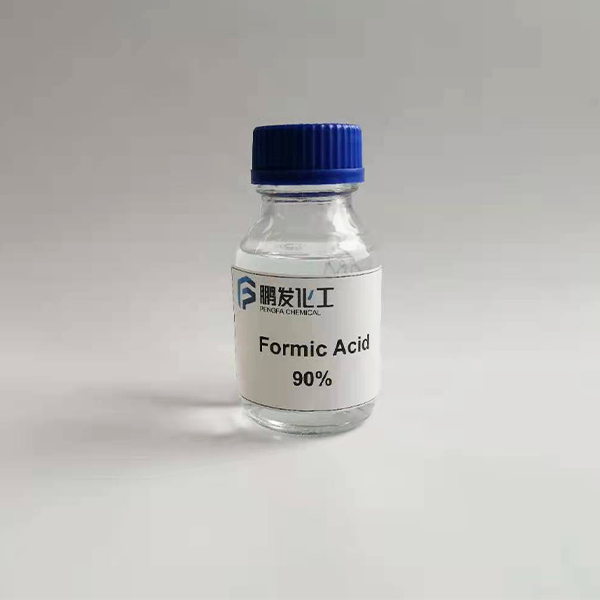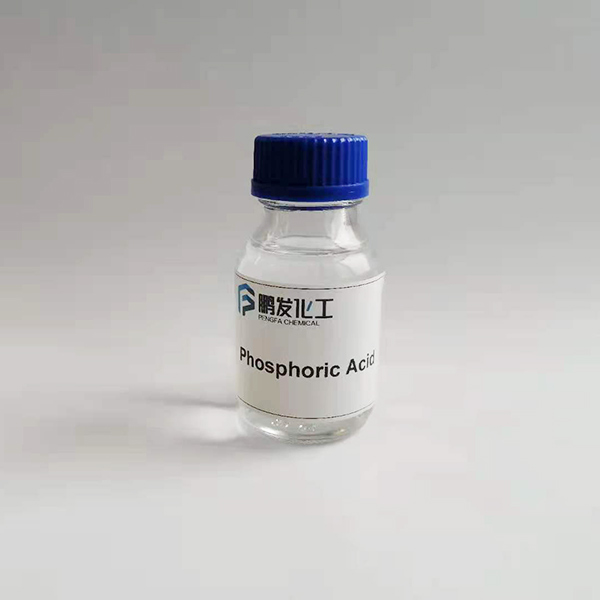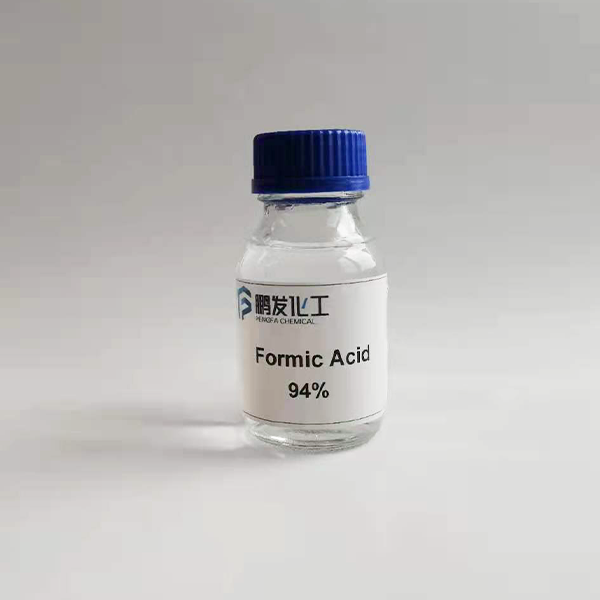Printing and dyeing knowledge 】 Why disperse dye dyeing to add glacial acetic acid以上翻译结果来自有道神经网络翻译(YNMT)· 通用场景
Printing and dyeing knowledge 】 Why disperse dye dyeing to add glacial acetic acid以上翻译结果来自有道神经网络翻译(YNMT)· 通用场景,
Glacial Acetic Acid, glacial acetic acid action, glacial acetic acid content, Glacial acetic acid manufacturers, Glacial Acetic Acid Suppliers, glacial acetic acid use,
Quality specification(GB/T 1628-2008)
|
Analysis items |
Specification |
||
|
Super Grade |
First Grade |
Normal Grade |
|
| Appearance |
Clear and free of suspended matter |
||
| Colour(Pt-Co) |
≤10 |
≤20 |
≤30 |
| Assay % |
≥99.8 |
≥99.5 |
≥98.5 |
| Moisture % |
≤0.15 |
≤0.20 |
—- |
| Formic Acid % |
≤0.05 |
≤0.10 |
≤0.30 |
| acetaldehyde % |
≤0.03 |
≤0.05 |
≤0.10 |
| Evaporation Residue % |
≤0.01 |
≤0.02 |
≤0.03 |
| Iron(Fe) % |
≤0.00004 |
≤0.0002 |
≤0.0004 |
| Permanganate Time min |
≥30 |
≥5 |
—- |
Physicochemical properties:
1. Colorless liquid and irritating dour.
2. Melting point 16.6 ℃; boiling point 117.9℃; Flash point : 39 ℃.
3. Solubility water, ethanol, benzene and ethyl ether immiscible, insoluble in carbon disulphide.
Storage:
1. Stored in a cool, ventilated warehouse.
2. Keep away from the fire, heat. The cold season should maintain a temperature higher than 16 DEG C, to prevent solidification. During cold season, temperature should be maintained above 16 DEG C to prevent/avoid solidification.
3. Keep the container sealed. Should be separated from the oxidant and alkali. Mixing should be avoided by all means.
4. Use explosion-proof lighting, ventilation facilities.
5. Mechanical equipment and tools that prohibit the use of easy to produce sparks.
6. Storage areas should be equipped with emergency treatment equipment and suitable housing materials.
Use:
1.Derivative:Mainly used in synthetising acetic anhydride,acetic ether,PTA, VAC/PVA,CA,ethenone,chloroacetic acid,etc
2.Pharmaceutical:Acetic acid as solvent and pharmaceuticalraw materials, mainly used for production of penicilin G potas-sium, penicilin G sodium, penicillin procaine, acetanilide,sulfadiazine, and sulfamethoxazole isoxazole, norfloxacin,ciprofloxacin, acetyl salicylic acid, non phenacetin, prednisone,caffeine, etc.
3.Intermediate:acetate ,sodium hydrogen di,peracetic acid,etc
4.Dyestuff and textile printing and dyeing:Mainly used inproducing disperse dyes and vat dyes,and textile printing anddyeing processing
5. Synthesis ammonia: In the form of cuprammonia acetate,used in refining syngas to remove a litl CO and CO2
6. Photograph: Developer
7. Natural rubber: Coagulant
8. Construction industry: Preventing concrete from frezing9. In addtin also widely used in the water treatment, syntheticfiber, pesticides, plastics, leather, paint, metal processing andrubber industry
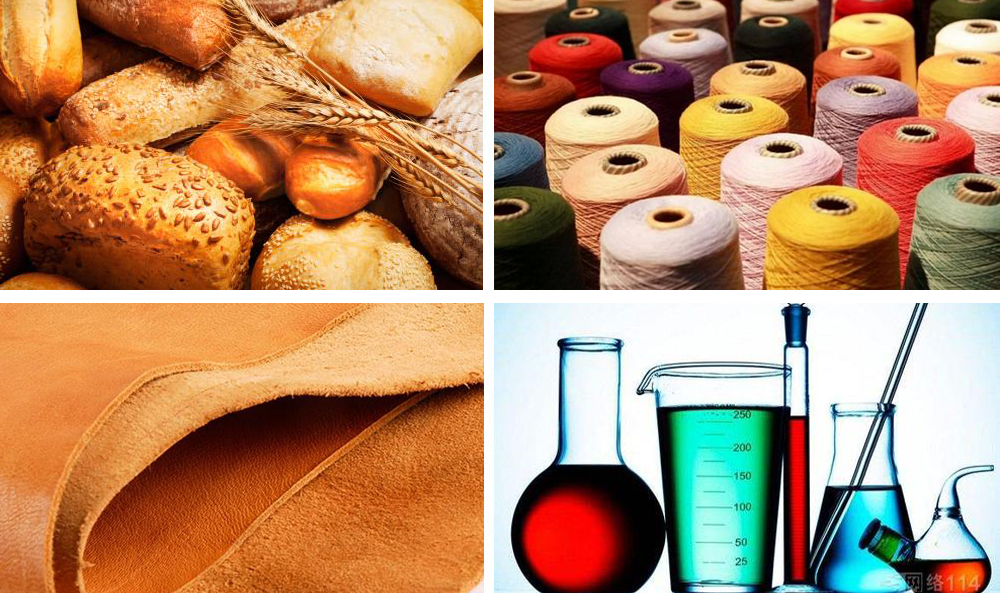

 Disperse dyes are used every day, but you can immediately say, why do disperse dyes dye with glacial acetic acid to adjust the PH? (Organic acids are now added to adjust PH, with the exception of alkaline disperse dyeing)
Disperse dyes are used every day, but you can immediately say, why do disperse dyes dye with glacial acetic acid to adjust the PH? (Organic acids are now added to adjust PH, with the exception of alkaline disperse dyeing)
The reason is:
The stability of disperse dyes in dyeing bath is closely related to pH value. Especially at high temperature and high pressure, if the pH value of the dye bath is not strictly controlled, it will often cause the variation of color light, the main reasons are as follows.
(1) Cause the accelerated hydrolysis of disperse dyes, in the manufacturing process of dyes, often add a large number of dispersants such as diffusion agent NNO, lignin, sodium carbonate, etc., so that the dye is weakly alkaline, in
When dyeing at 130% high temperature, it is easy to hydrolyze, resulting in light color and faint color.
(2) Due to the reduction decomposition of disperse dyes, the loss of chromophore group, this phenomenon is often in dyes with azo structure.
(3) The phenolic group in the molecular structure of the dye causes an ionic reaction due to the action of the alkali, the water solubility is enhanced, and the dyeing is weakened accordingly, often due to the addition of the dispersant in the dyeing bath, resulting in the dispersion of the dye with weak alkaline.

